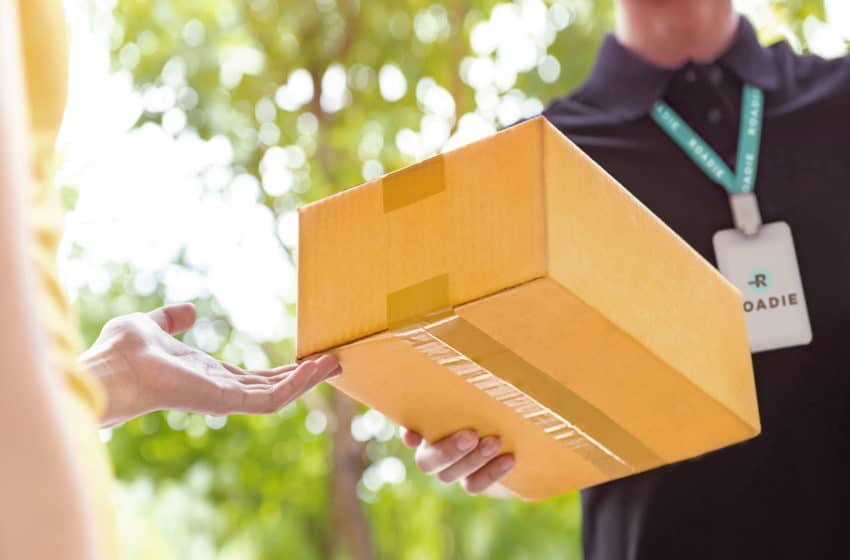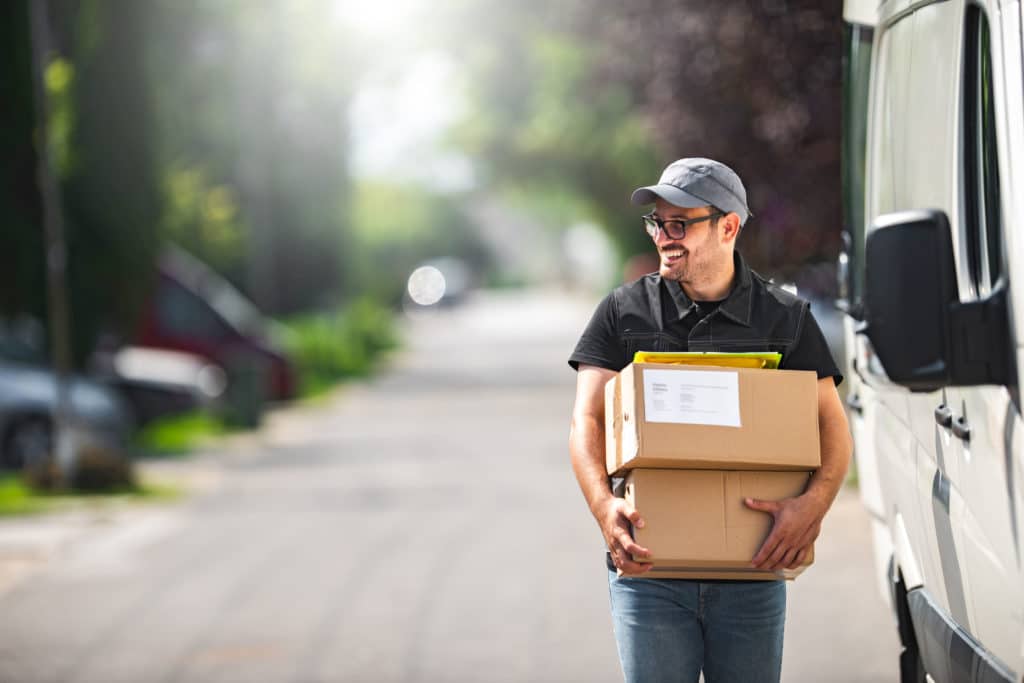Ready, Set, Deliver: Getting Your Supply Chain Ready for Same-Day Delivery

Same-day delivery isn’t a new idea. Businesses of all types routinely need some critically-important item, right away—not tomorrow, not next week, but within hours. Take a retailer that runs out of stock of a hot-selling, highly profitable item and needs to restock immediately while demand is still high. Or a factory where a broken pump has shut down an assembly line, costing the company thousands of dollars an hour—they need a replacement pump as soon as possible. Traditionally, some systems have been in place to meet these specialized same-day needs.
But same-day delivery at scale is new, and it’s becoming the new normal. Consumer expectations have been transformed by the “Amazon-ing” of the customer journey, and delivery is no exception.
Not so long ago, your customers were satisfied with next-day, or even second-day, delivery. But thanks to Amazon, consumers now crave—and demand—speed, simplicity, and optionality when it comes to delivery. They want what they want, when they want it: whether it’s next-day, same-day, or even “Choose Your Day” (Amazon’s latest offering).
The traditional same-day delivery process for emergency scenarios (like the ones I mentioned above) is highly manual and inefficient because, historically, these have been one-off situations. If you’re saving a crucial customer relationship, you might be okay with a suboptimal emergency delivery system; the cost of failure is too high. But as the soaring growth of e-commerce continues to fuel demand for speed, same-day delivery has to work at scale within your entire supply-chain ecosystem—and do so with fail-safe reliability.
The stakes for retailers are high. A McKinsey report projects that same-day delivery will open up a $200 billion opportunity for retailers in the US and North America within the next several years.[1] To add pressure, a survey by BigCommerce showed that 58 percent of consumer respondents said they’ve stopped shopping with a particular retailer because of a negative delivery experience.[2]
In short, same-day delivery matters, and it matters that you can do it well at scale. Failure to do so effectively will cost you.

Prepare your supply chain for same-day delivery
Successful same-day programs go beyond identifying a delivery partner for each market. Same-day affects multiple components of the supply chain. Preparing your supply chain for same-day means taking a holistic approach to inventory visibility, management, customer experience and last-mile delivery. Here are four actions your business can take to prepare for the same-day revolution.
1. Get visibility into the physical location of inventory.
To get an order to a customer within a few hours, retailers need several key pieces of information: Where is the product? Where is the most efficient place from which to fulfill the order? Are there resources on the ground to pick, pack, and stage the order for pickup? Is there a service provider who can schedule delivery? And last but not least—is there enough inventory to fulfill online orders, as well as walk-in purchases, at each site?
2. Move inventory closer to customers.
Reducing the physical distance between the inventory and the buyer is one of the most impactful ways to get closer to offering same-day in communities large and small. One way top-performing retailers are achieving this (without massively expanding their physical footprints) is by leveraging traditional brick-and-mortar facilities to do double duty. Local stores are now serving as product-staging fulfillment centers for customers who buy online and choose delivery from the store, as well as walk-in sites for the customers who prefer in-person experiences.
3. Provide greater visibility to customers.
Do you remember the last time you clicked a tracking link only to see that your order was “out for delivery”? Once, being able to see the last known location of a package was a good customer experience. Those days are gone. A recent study shows that one-third of customers want real-time tracking for orders. Consumers want an Uber-like, on-demand experience, with reliable, accurate, real-time visibility across pre- and post-pickup processes. If one retailer can’t deliver, another one will.
4. Build a tool kit of logistics solutions for varying delivery scenarios.
There is no one-size-fits-all solution for logistics—every model has strengths and weaknesses. Particularly with same-day delivery, ensuring the best customer experience means deploying the most cost-effective service for each and every order.
Asset-heavy solutions, like hub-and-spoke networks, are great at logistics—just not when it comes to same-day delivery. Hub-and-spoke is excellent at getting recurring parcel shipments where they need to go on set schedules. But the efficiencies gained through these kinds of networks conflict with the demands of same-day: speed and visibility for items large and small.
Traditional same-day solutions, such as couriers, have their limitations as well. There’s little to no flexibility to adjust for larger items or longer distances or to respond when an urgent last-minute order comes in and the truck has already left the dock.
Crowdsourcing offers a creative, yet practical, solution for retailers who need flexibility and scalability to meet same-day demands. By using a crowdsourced model, it’s possible to tap into resources already on the road—nearby employees, customers, and commuters—when needed, creating a just-in-time delivery service. The result is an asset-light logistics solution that better meets same-day needs for faster, more efficient delivery, allowing retailers to flex up and down as demand ebbs and flows.
Choose a crowdsourced delivery provider that plays well with your supply-chain infrastructure; can flex to meet a variety of sizes, distances, and volumes; and has coverage in as many of your delivery zones as possible.
The future is now
We’re only at the beginning of the market for same-day, last-mile, two-hour delivery services. Retailers, service providers, and consumers are still sorting out the balance between speed and price. But it’s clear that consumers are willing to pay for convenient same-day delivery.
We
see it when:
- A car mechanic needs a spark plug this afternoon.
- A patient needs a new prescription in a few hours.
- A construction manager needs HVAC parts at the job site before the workers go home.
- A customer wants their new high-def TV they just purchased online delivered in time for tonight’s football game.
In
2020, offering same-day delivery is table stakes. Deploying a successful
same-day delivery strategy gives retailers and other businesses yet another way
to differentiate themselves to customers. Solving for this increasing demand is
the only way to meet rapidly evolving consumer expectations—and stay one step
ahead of the competition.
[1] McKinsey, “How Will Same-Day and On-Demand Delivery Evolve in Urban Markets?,” July 2017
[2] BigCommerce, Shipping, Delivered: Best Practices & Expectations for 2019.




